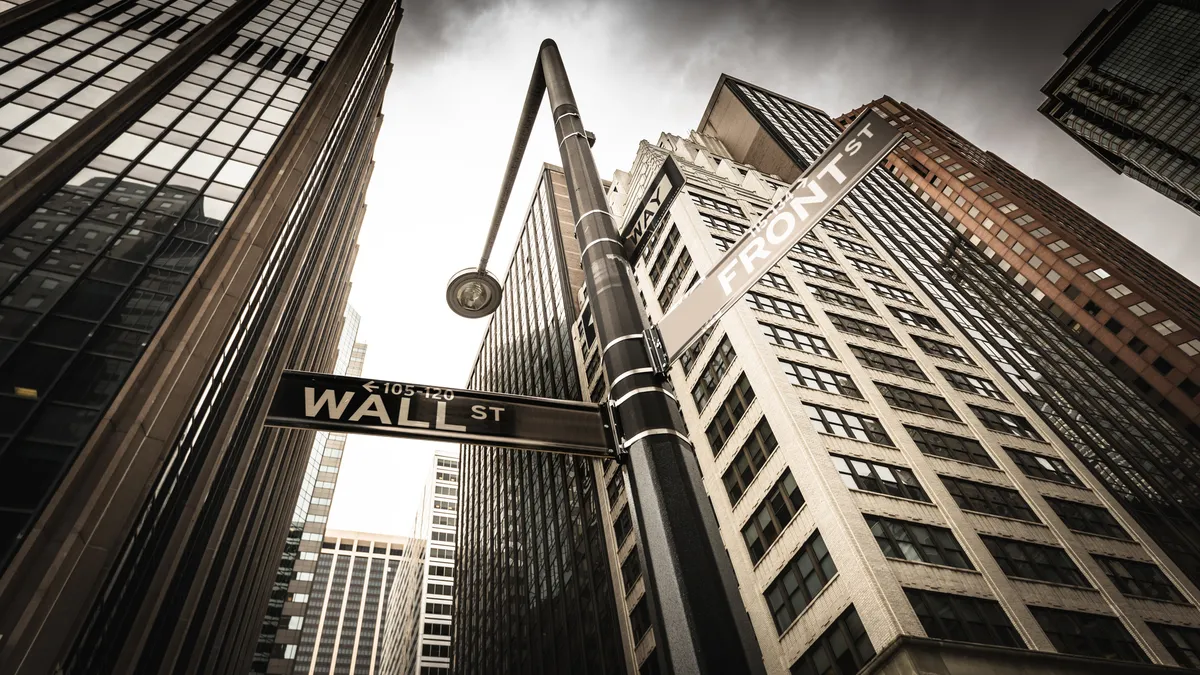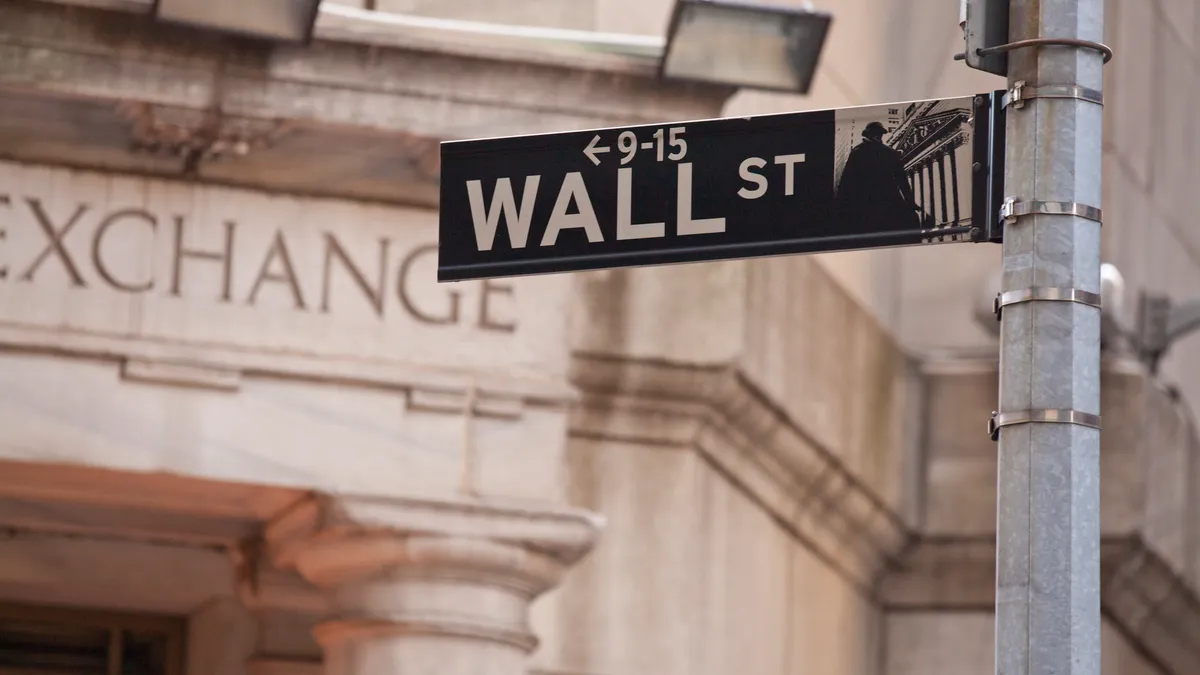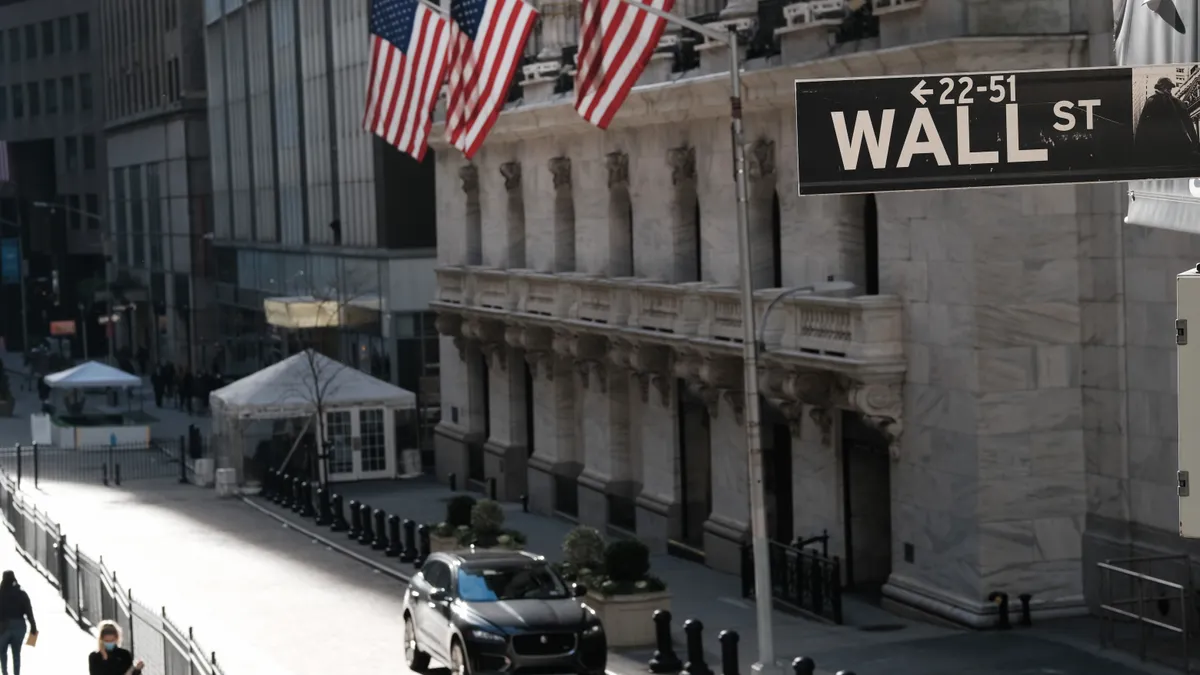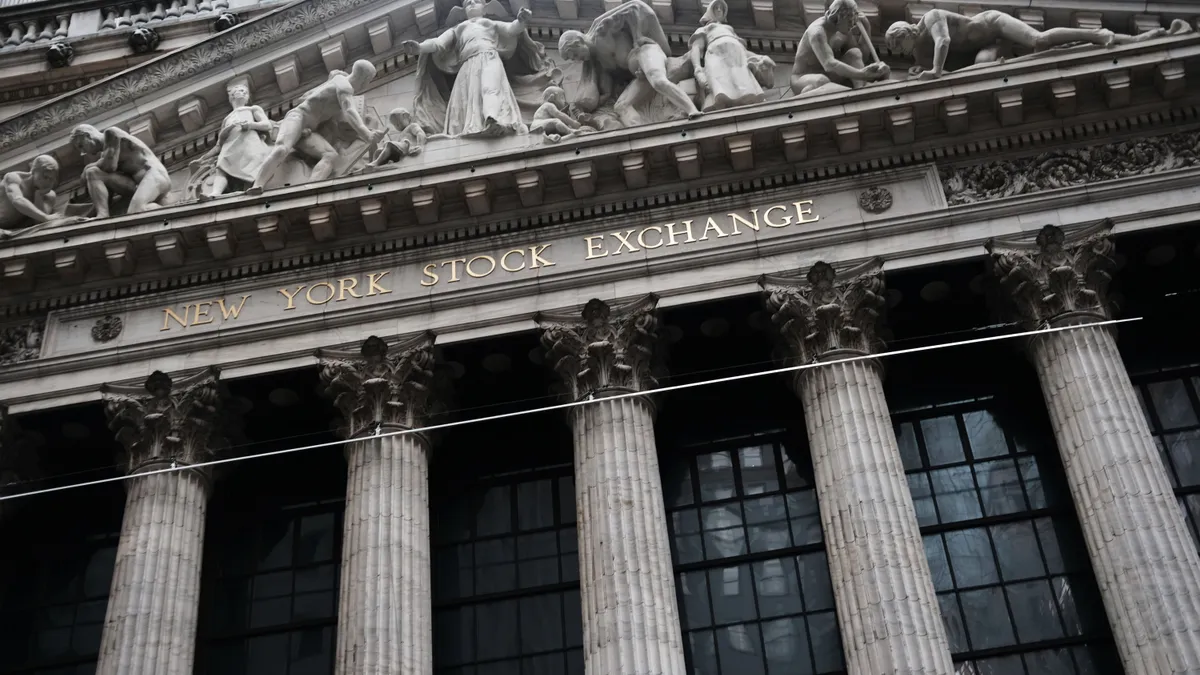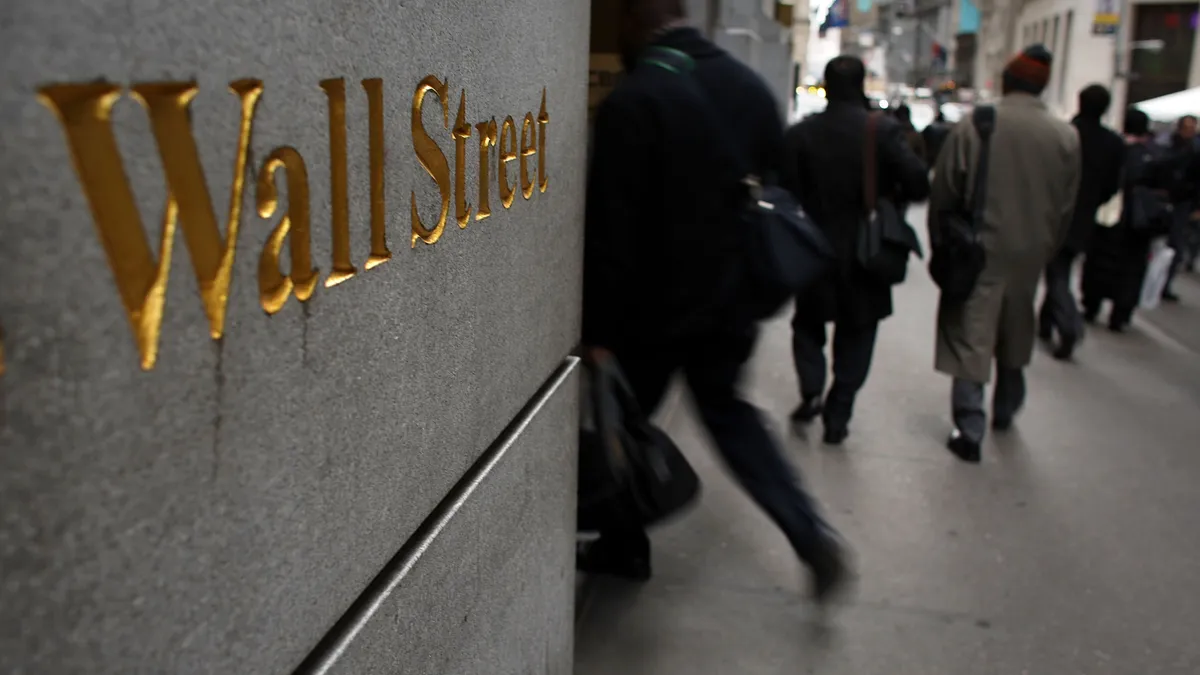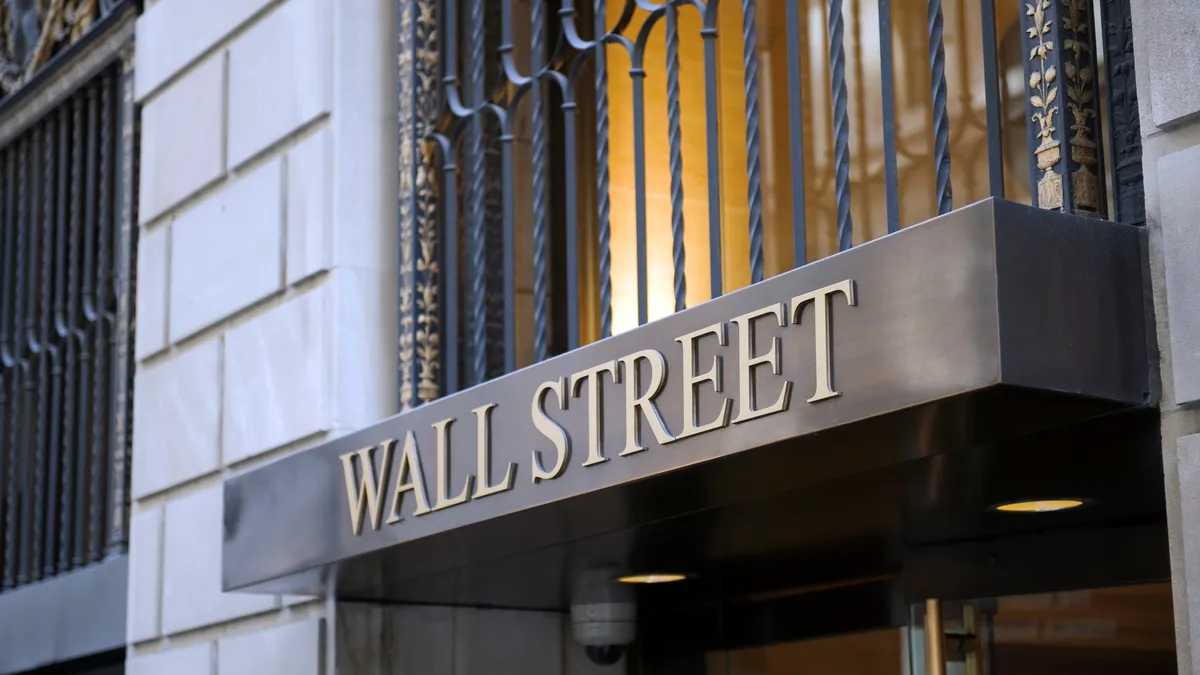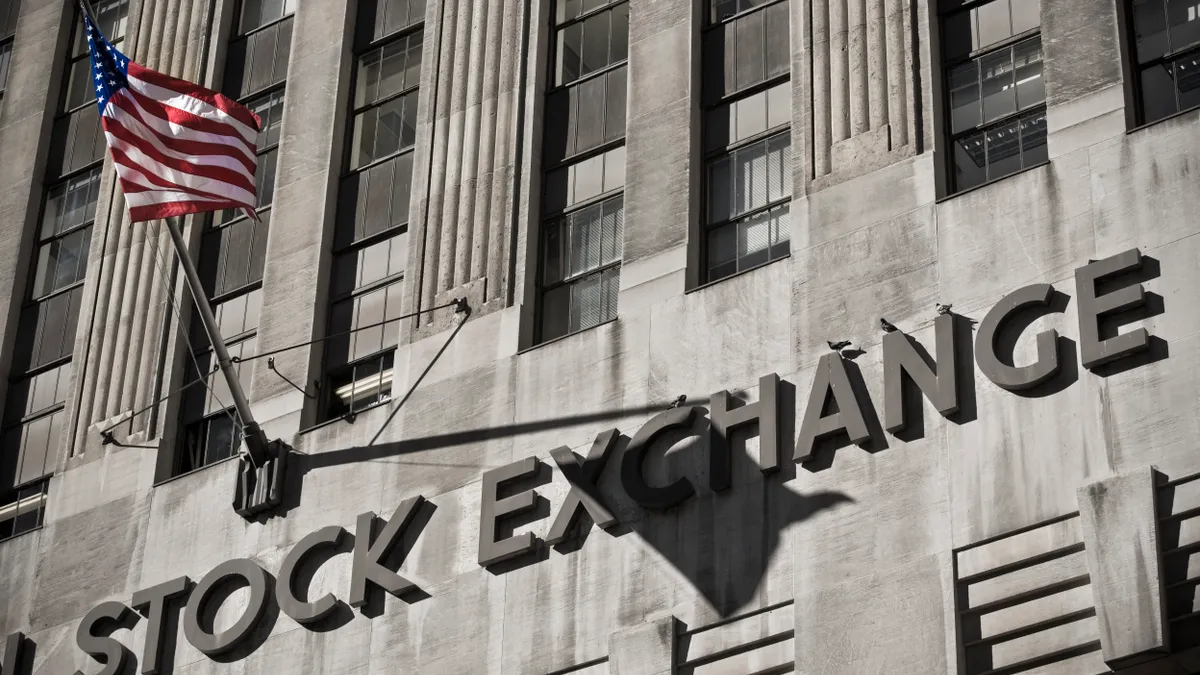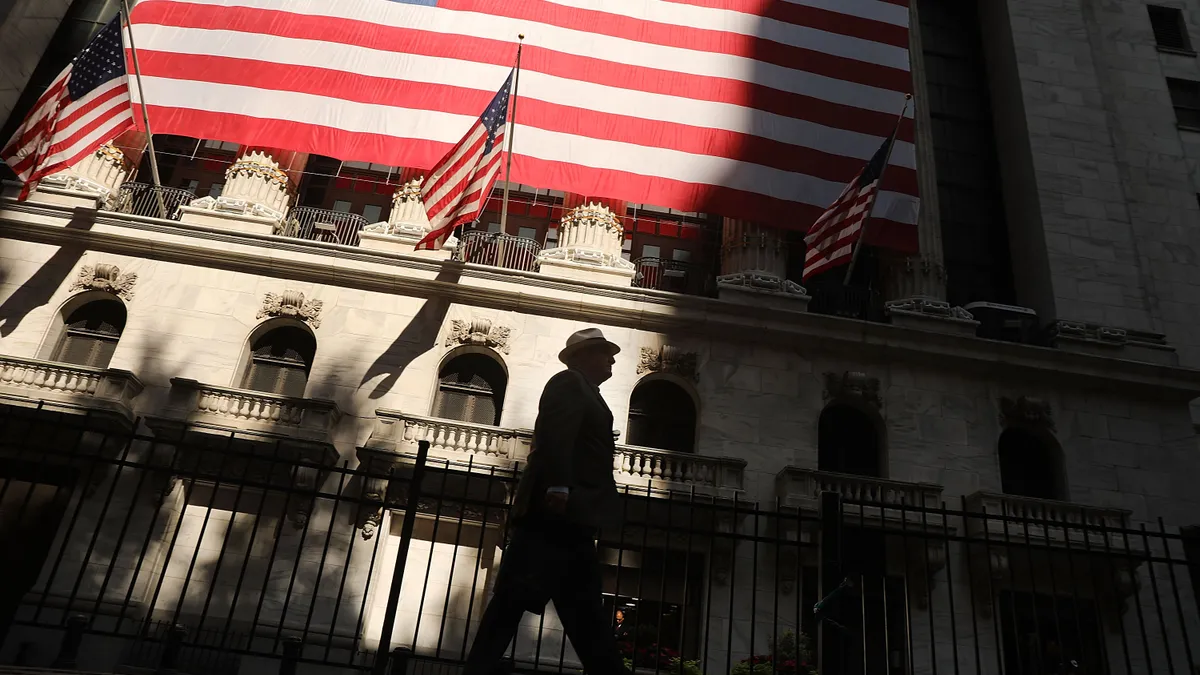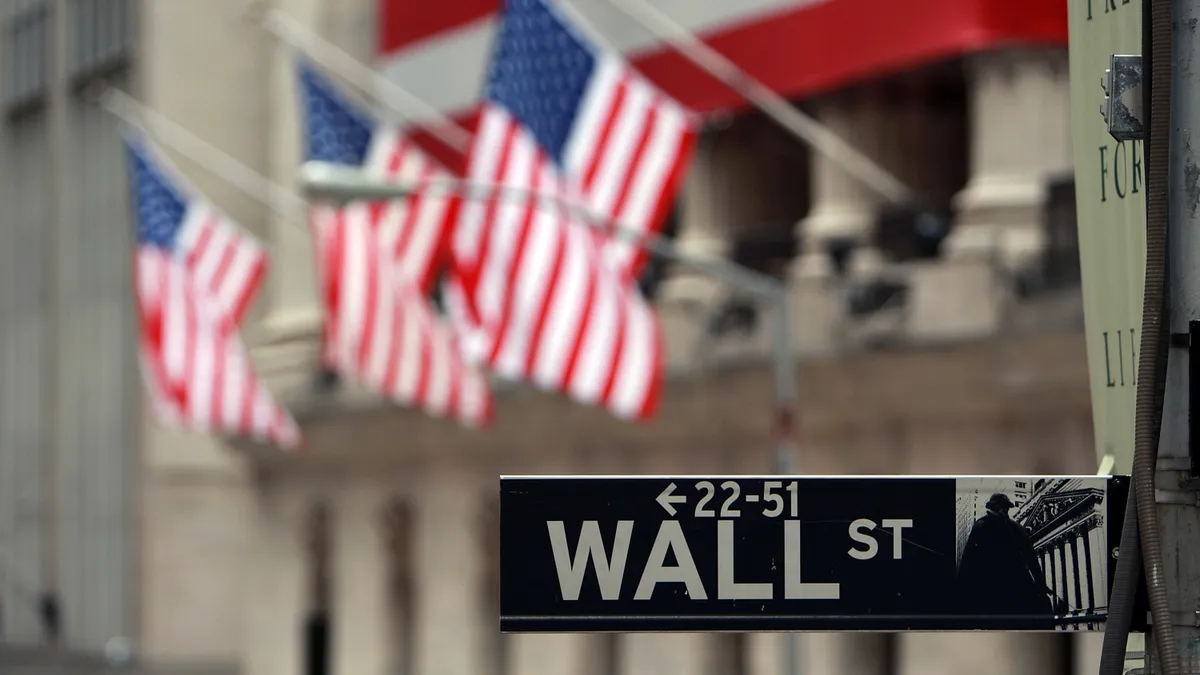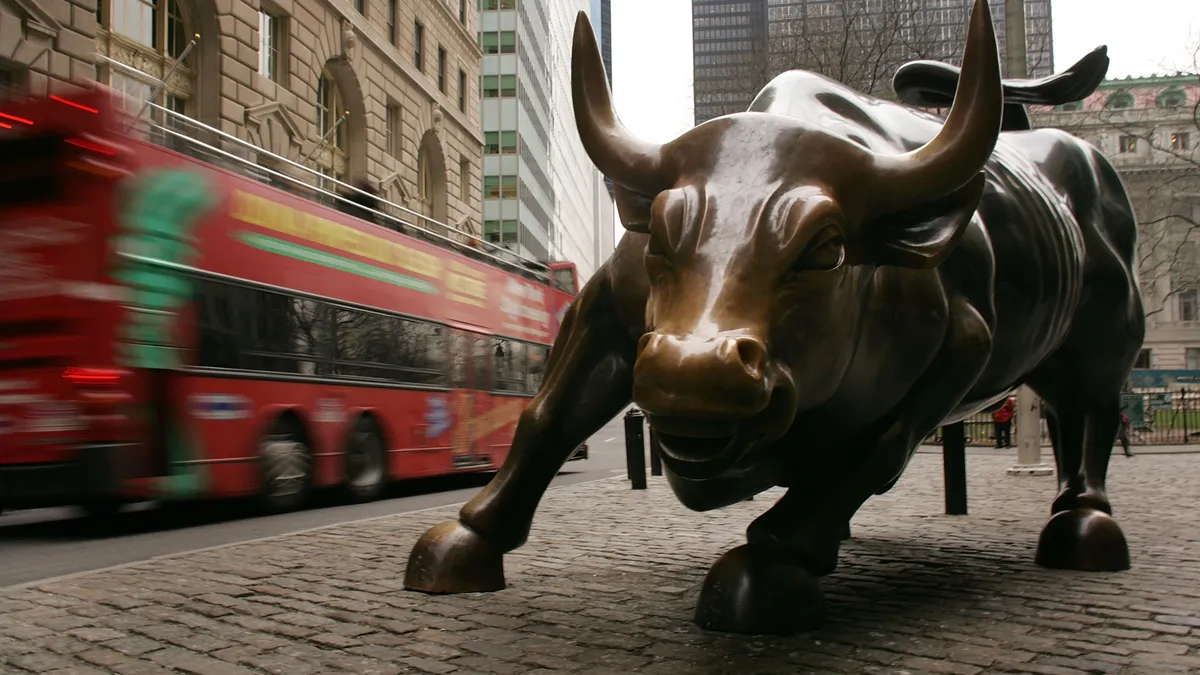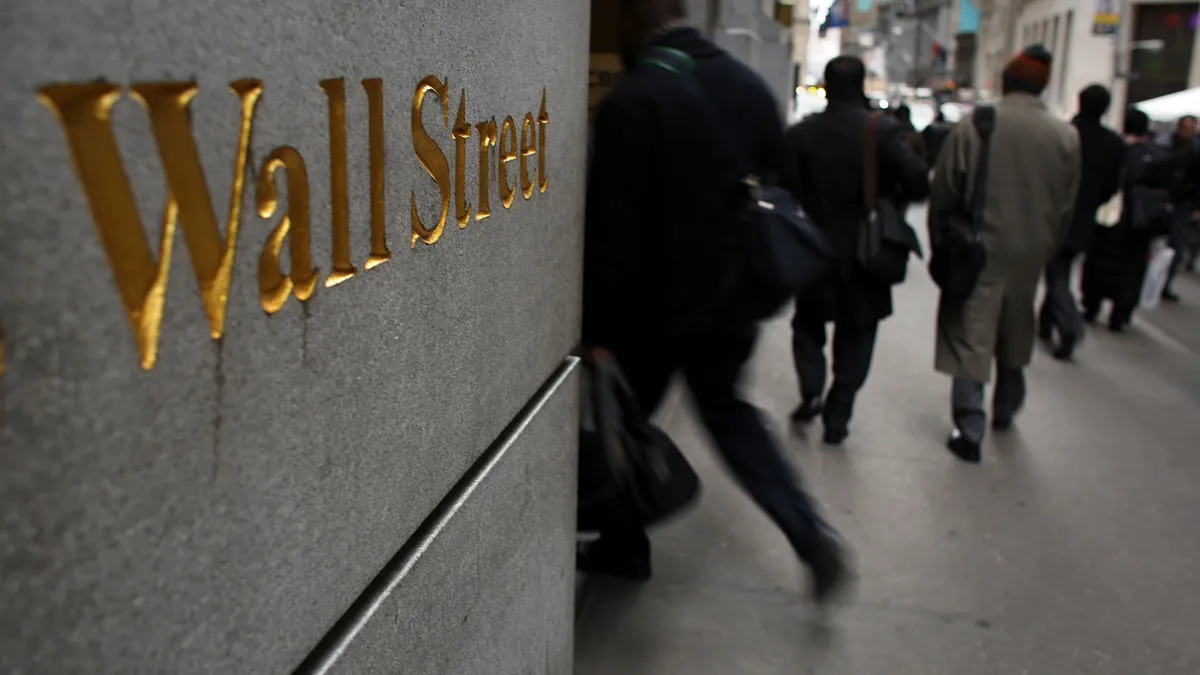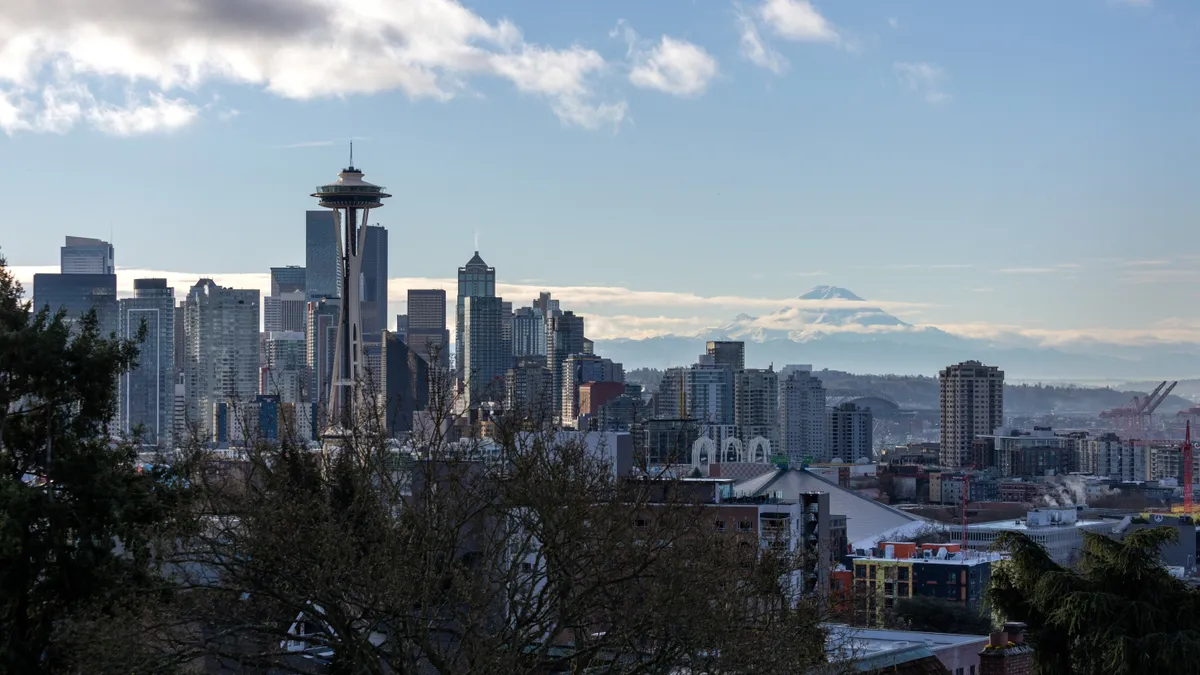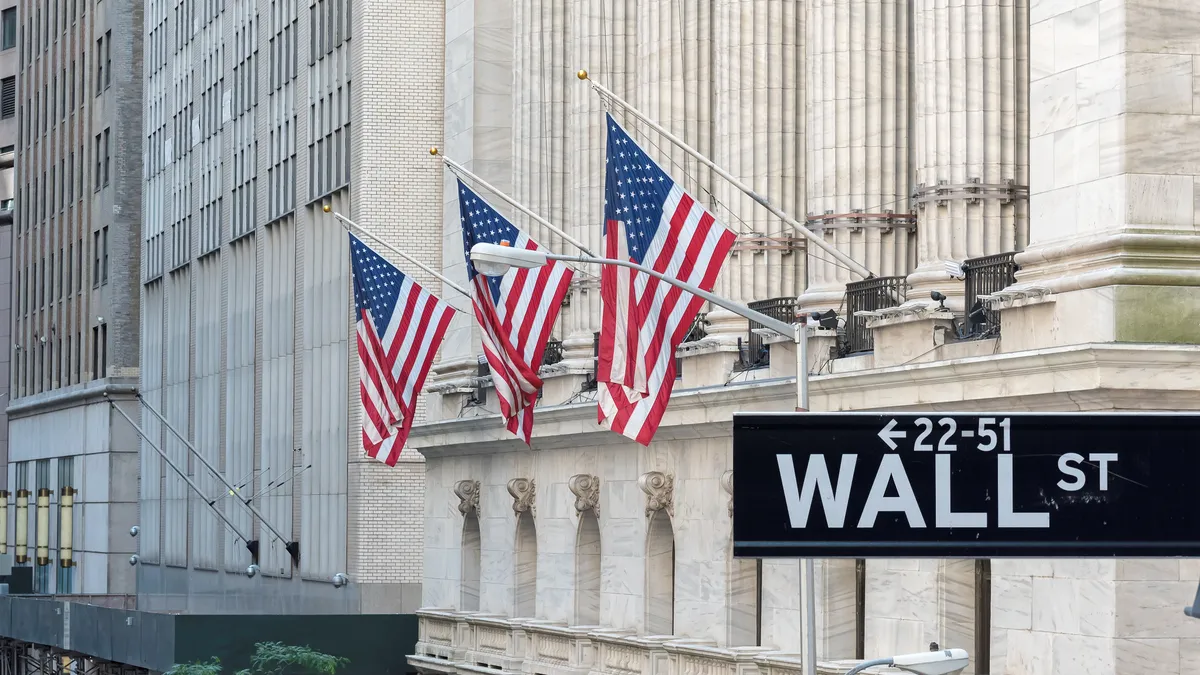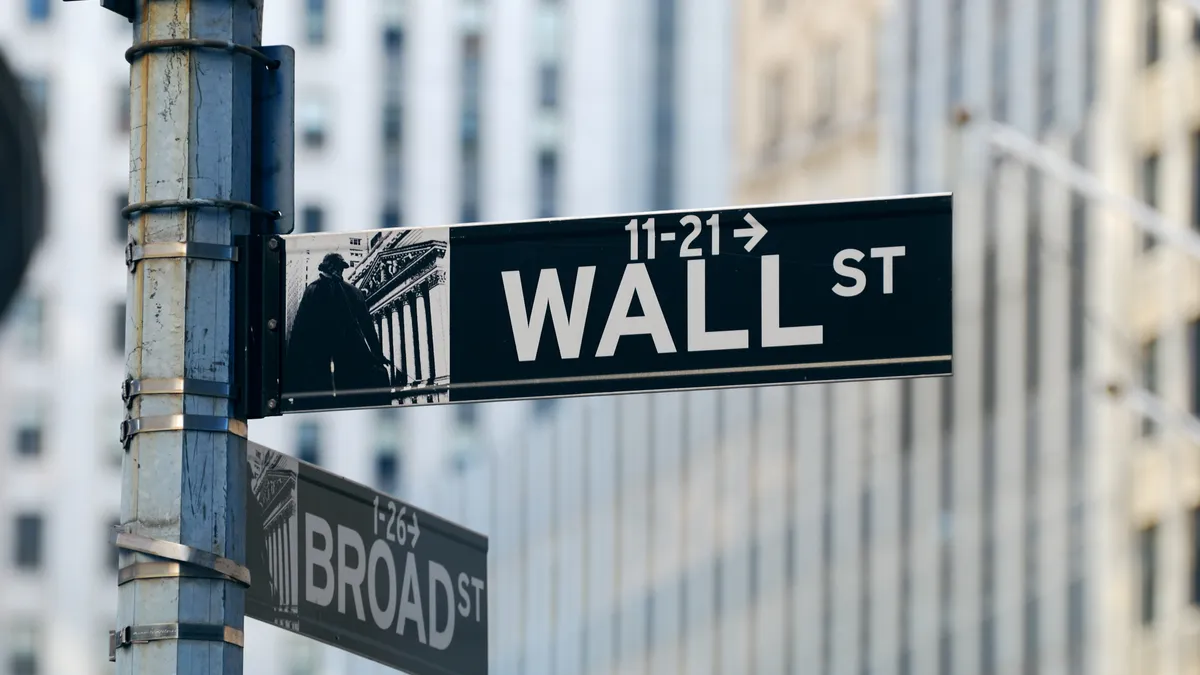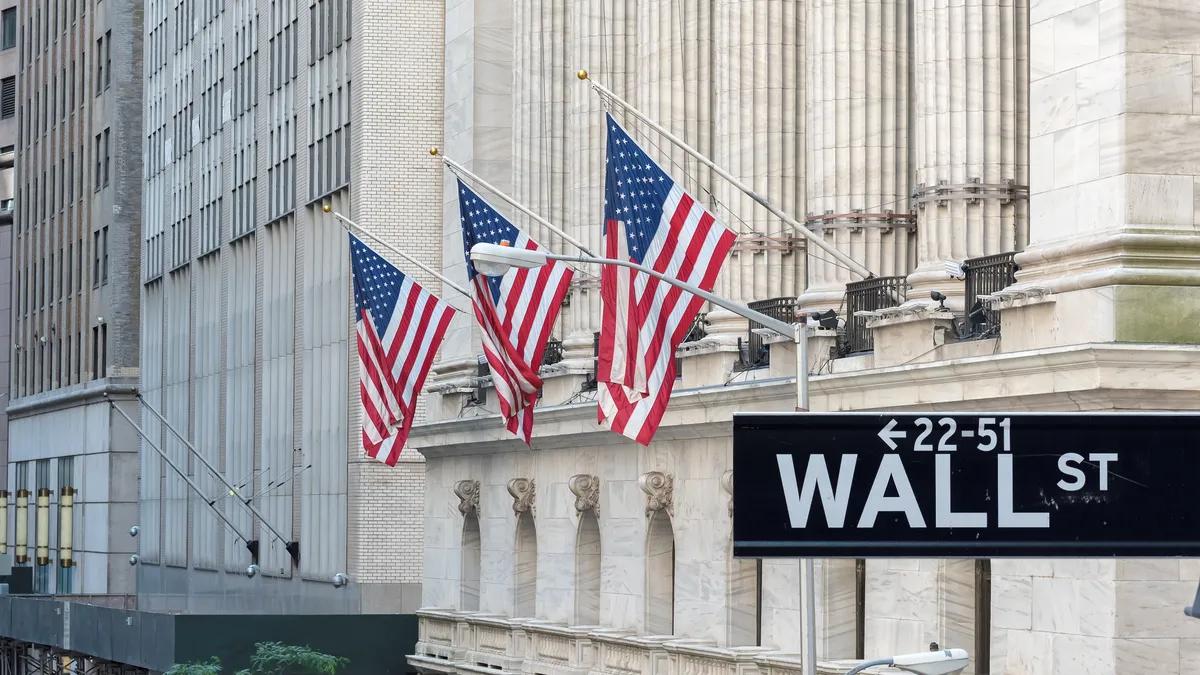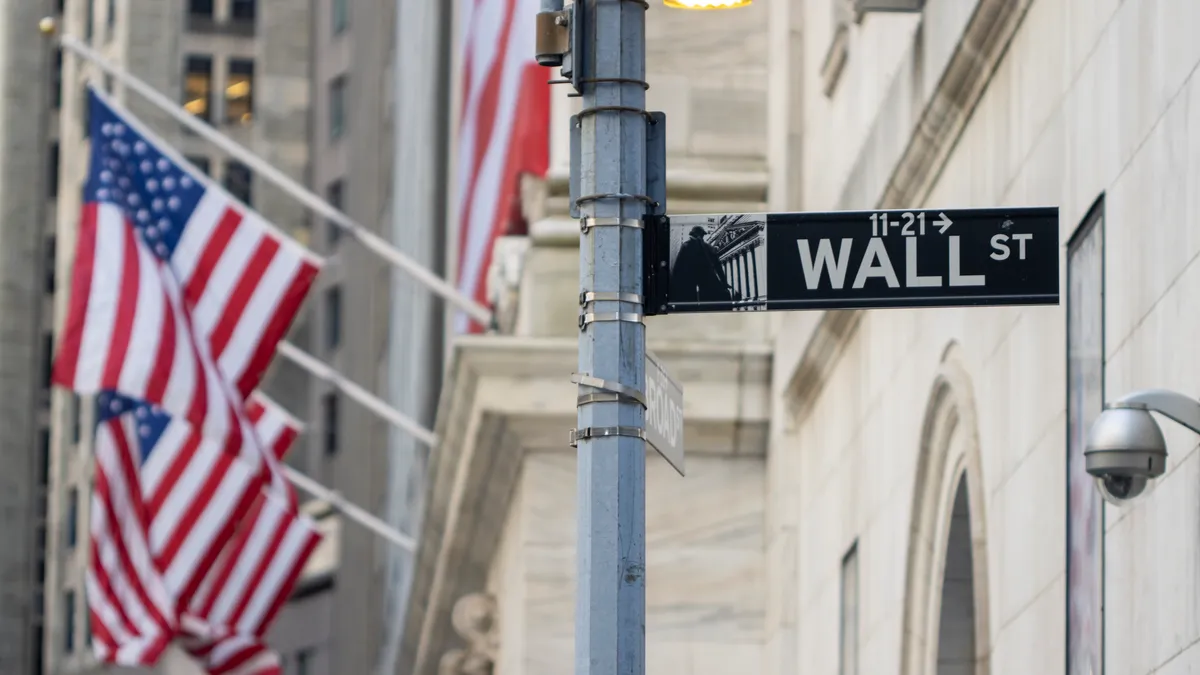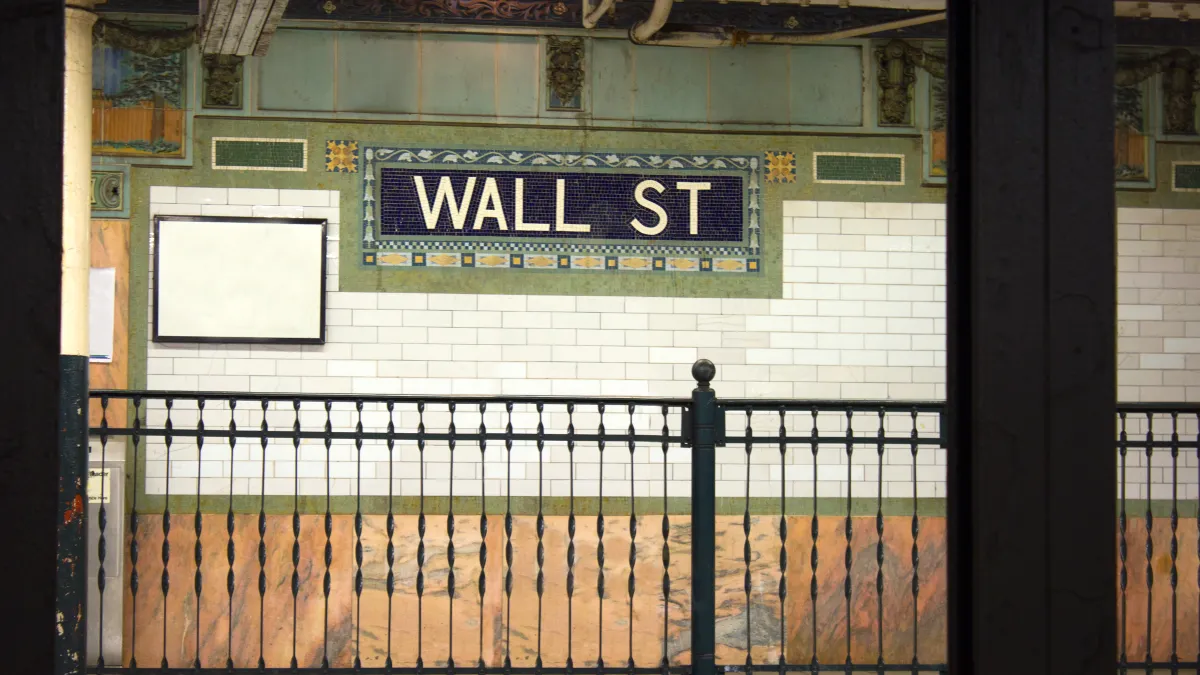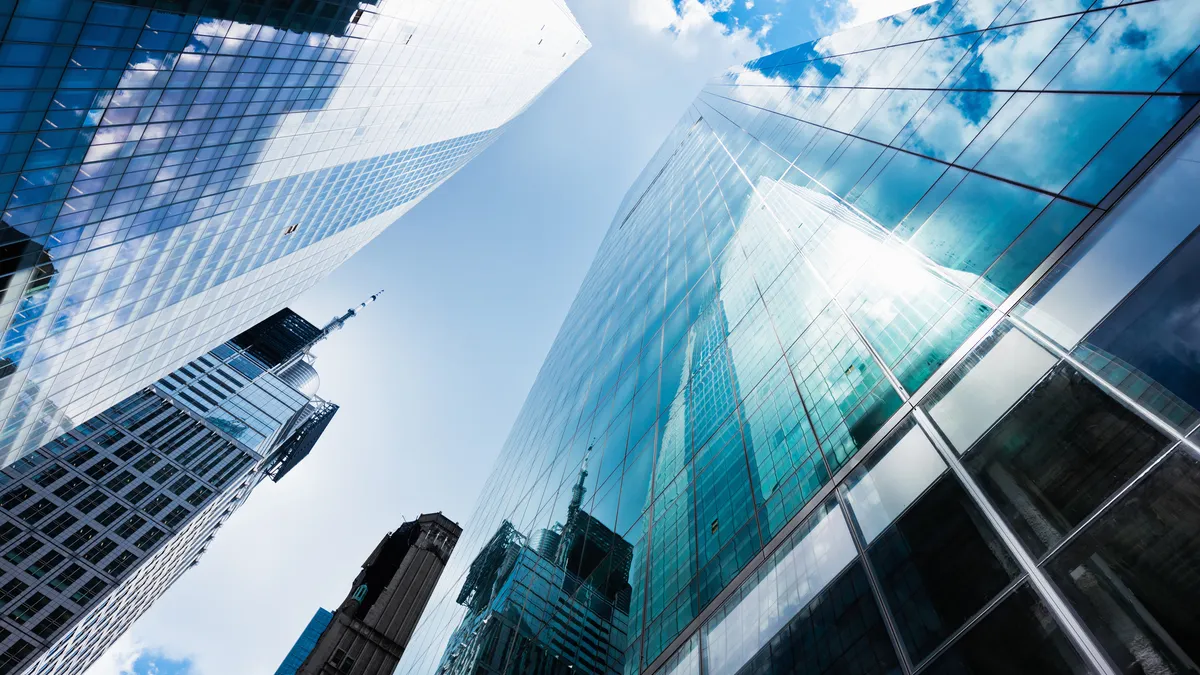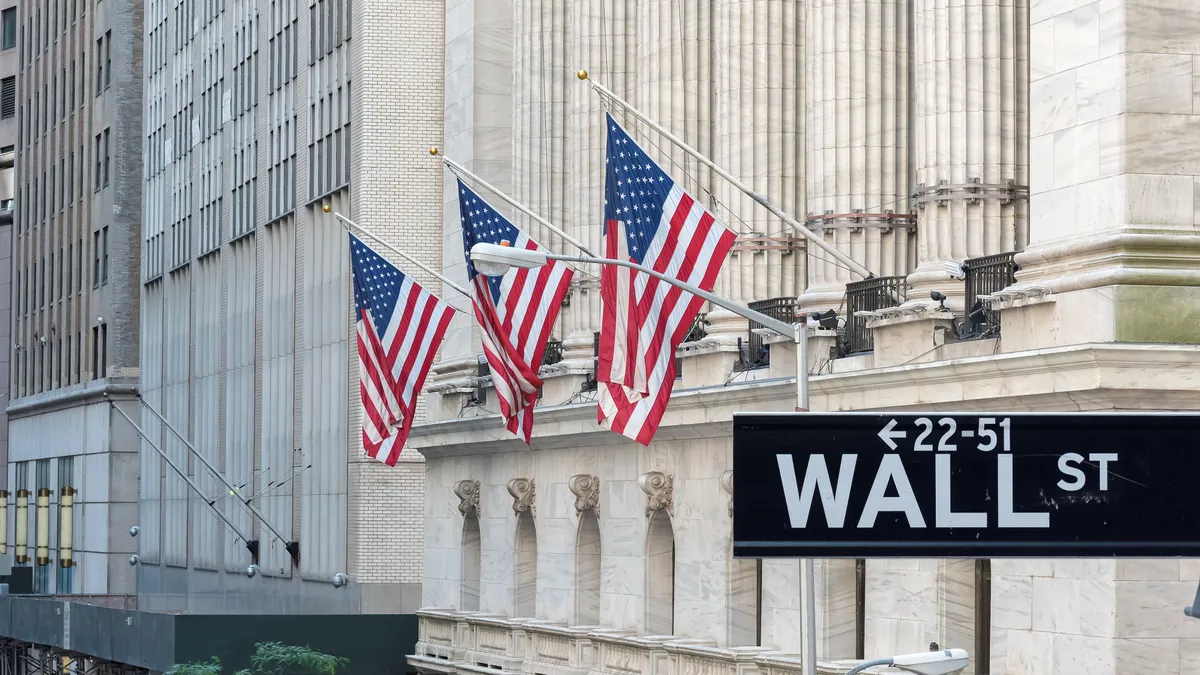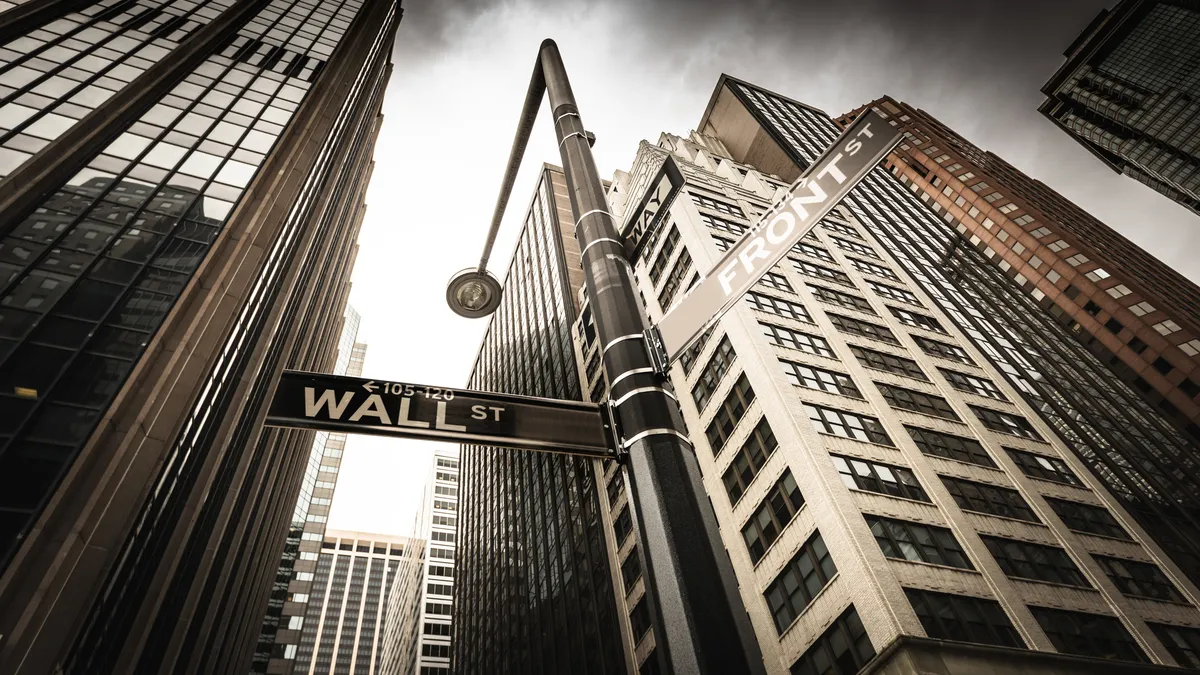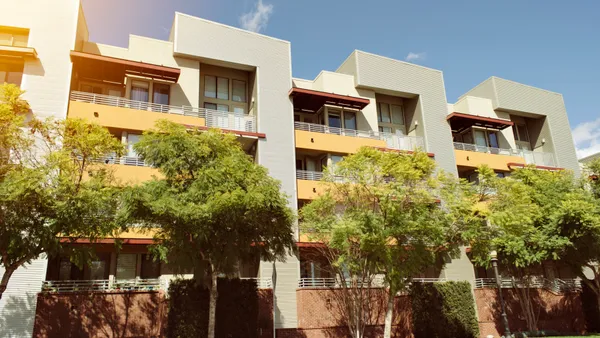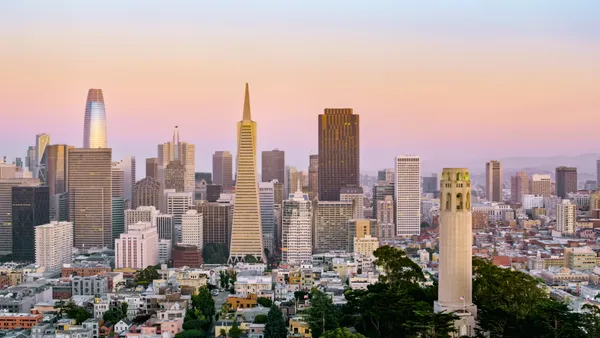For REITs with exposure to high-supply Sun Belt markets, the third quarter brought disappointing results. But those with a presence on the East Coast showed some strength.
For Chicago-based Equity Residential, that was good news. The REIT generates 40% of its net operating income from New York City, Boston and Washington, D.C., which are meeting or exceeding expectations, CEO Mark Parrell said on the firm’s Q3 earnings call earlier this month.
“Demand and occupancy remain healthy, especially across our East Coast markets, and absorption and our results in the Washington, D.C., market continue to impress,” said Chief Operating Officer Michael Manelis.
Still, not everything was positive on EQR's quarterly meeting with analysts. Here are three other takeaways from EQR’s earnings report and call.
Weakness in Seattle, San Francisco
Pre-COVID-19 leasing patterns returned to the EQR portfolio this year. The company saw its portfolio-wide rents peak in early August and then begin to decelerate. But San Francisco and Seattle had declines that were more pronounced than usual seasonal patterns, according to Parrell. “The main culprit here seems to be a lack of job growth for our target renter demographic,” he said.
The downtowns in both cities experienced softness, along with some submarkets, like Redmond, Washington, according to Manelis. “The uncertainty of back-to-the-office from the big tech employers, combined with their slowdown in new hiring, is keeping a lid on demand,” he said.
Typically, new leases can go 4% to 5% negative by December, according to Manelis. However, he expects bigger drops this year in San Francisco and Seattle. While renewal rates will moderate some, they should be relatively stable. Manelis said quality-of-life issues need to continue to improve in these two cities to entice workers to come back.
“In order for these markets to fully recover, we will need to see the vibrancy that comes to these areas when the offices are active, employment increases and residents want to enjoy the city lifestyle and an easy commute to the office,” Manelis said.
Stable outlook
Outside of issues on the West Coast, EQR executives were generally upbeat about the REIT’s outlook. Manelis cited strong overall demand and economic health from its core renter demographic of college graduates. The REIT’s rent-to-income ratio sits at a healthy 20% portfolio-wide and its lease breaks and transfers to reduce rent are at pre-pandemic levels.
“Overall, the job market and our residents remain resilient, which we expect to carry into 2024,” Manelis said.
EQR’s turnover remains at the lowest levels executives have seen, powered by low move-outs to buy homes. “Only 7.5% of our residents who moved out gave ‘bought home’ as the reason in the third quarter, which is one of the lowest numbers we have seen since we started tracking the data back in 2006,” Manelis said.
BY THE NUMBERS
| Category | Q3 | YOY Change |
| Property revenue | $704.1 million | 4.1% |
| Net operating income | $408.6 million | 4.6% |
| Operating expenses | $223.5 million | 3.1% |
| Funds from operations | $0.96 | 6.7% |
| Rent per unit | $3,048 | 5% |
| Occupancy rate | 96% | 0.4% |
SOURCE: EQR
“We are still seeing healthy demand in Los Angeles and have not felt any negative impact from the worker strikes in the entertainment industry,” he said.
San Francisco posted 3.1% revenue growth, which would have been 4.6% after adjusting for the impact of rental relief proceeds in Q2 2022. Seattle is underperforming EQR’s expectations with net effective pricing 2% below March 2020 levels.
EQR’s bad debt situation, which is a particular problem in Los Angeles, should continue to improve, according to Manelis. New deliveries could be an issue in Washington, D.C., and Seattle in 2024, but the overall picture is better than many apartment REITs. “On the supply side, overall, we are favorably positioned, particularly compared to those concentrated in the Sun Belt,” Manelis said.
Acquisitions and dispositions
EQR has had what Parrell called a “modest” number of transactions so far in 2023, with about $350 million in acquisitions and dispositions. In Q3, the REIT sold 30-year-old property in downtown Seattle at a 5.4% disposition yield as it looks to downscale in the urban centers of its West Coast markets.
EQR continues to look for properties in its Sun Belt expansion markets. The REIT acquired two properties in the Atlanta area in Q3. One asset was built in 2019 and acquired at a 5.1% acquisition cap rate. The other is brand new and the company expects it to stabilize at a 5.4% year-two acquisition cap rate.
While Parrell said EQR is well positioned to acquire properties that are currently being built in the Sun Belt, it is currently taking an acquisition pause.
“The deals you saw closed, they were priced… in the early second quarter,” he said. “One of them went through a long loan assumption process and the other one had a lease-up and an elongated close process. So, we really aren't buying anything right now.”
However, the REIT will do other things to gauge the market in the coming months. “We may expose a few more assets for sale,” Parrell said. “We're always doing that — trying to figure out where that market is.”
Click here to sign up to receive multifamily and apartment news like this article in your inbox every weekday.



